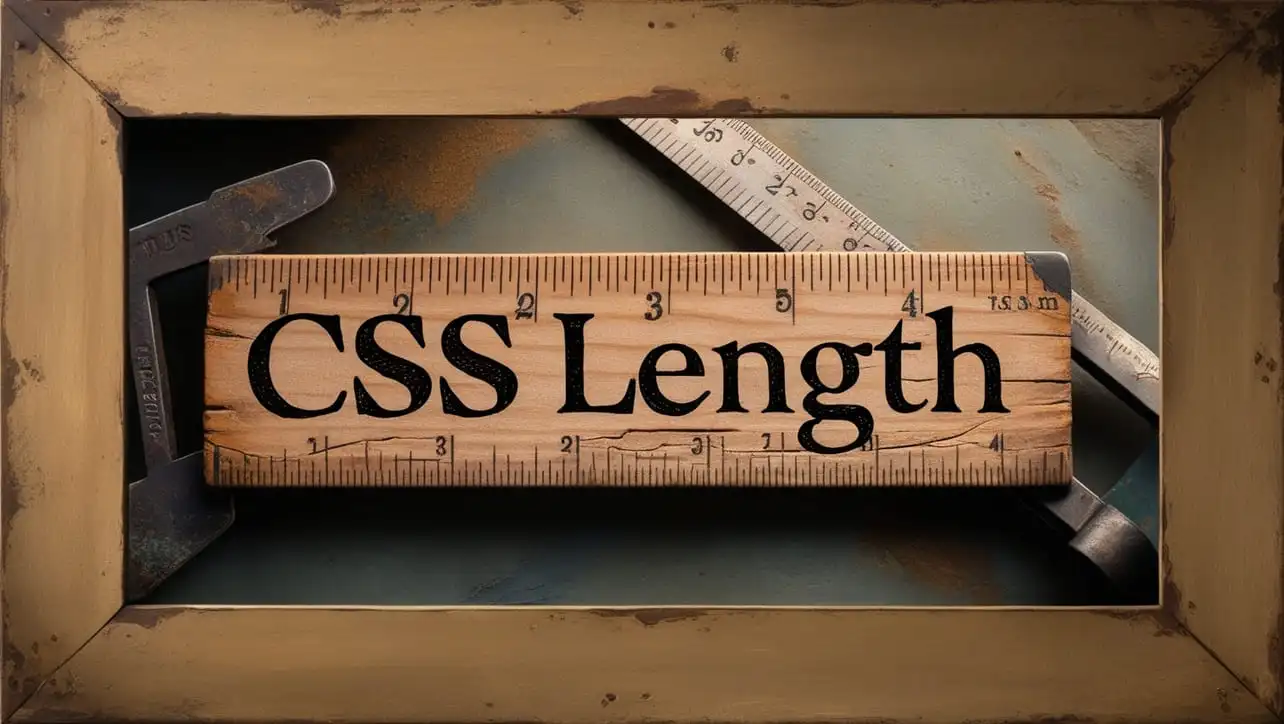
CSS Topics
- CSS Intro
- CSS How To
- CSS Editors
- CSS Properties
- CSS Selectors
- .class
- .class1.class2
- .class1 .class2
- #id
- * (all)
- element
- element.class
- element,element
- element element
- element>element
- element+element
- element1~element2
- [attribute]
- [attribute=value]
- [attribute~=value]
- [attribute|=value]
- [attribute^=value]
- [attribute$=value]
- [attribute*=value]
- :active
- ::after
- ::before
- :checked
- :default
- :disabled
- :empty
- :enabled
- :first-child
- ::first-letter
- ::first-line
- :first-of-type
- :focus
- :fullscreen
- :has()
- :hover
- :in-range
- :indeterminate
- :invalid
- :lang()
- :last-child
- :last-of-type
- :link
- ::marker
- :not()
- :nth-child()
- :nth-last-child()
- :nth-last-of-type()
- :nth-of-type()
- :only-of-type
- :only-child
- :optional
- :out-of-range
- ::placeholder
- :read-only
- :read-write
- :required
- :root
- ::selection
- :target
- :valid
- :visited
- CSS Comments
- CSS Length
- CSS Image Sprites
- CSS Grid Layout
- CSS Grid Flexbox
- CSS @charset Rule
- CSS @font-face Rule
- CSS @import Rule
- CSS @keyframes Rule
- CSS @media Rule
CSS [attribute=value] Selector
![CSS [attribute=value] Selector](https://codetofun.com/wp-content/themes/codetofun/images/large/css-attribute-equal-value-selector.webp)
Photo Credit to CodeToFun
🙋 Introduction
The CSS [attribute=value] selector is used to select elements with a specific attribute value.
This allows for more precise styling by targeting elements based on their attribute values, making it a highly flexible tool for customizing the appearance of specific elements in a web page.
💡 Syntax
The signature of the [attribute=value] Selector is as follows:
[element[attribute="value"]] {
/* CSS properties */
}- element: The HTML tag you want to target.
- attribute: The attribute you are checking for.
- value: The specific value of the attribute.
This selector only selects elements where the attribute has an exact match with the specified value.
📝 Example
Here is an example of how to use the [attribute=value] selector in CSS:
☠️ HTML
<!DOCTYPE html>
<html lang="en">
<head>
<meta charset="UTF-8">
<meta name="viewport" content="width=device-width, initial-scale=1.0">
<title>CSS [attribute=value] Selector Example</title>
<link rel="stylesheet" href="styles.css">
</head>
<body>
<a href="https://example.com" target="_blank">Visit Example</a>
<a href="https://example.com" target="_self">Open Example Here</a>
<button type="submit">Submit</button>
<button type="button">Click Me</button>
</body>
</html>🎨 CSS
/* Style for links that open in a new tab */
a[target="_blank"] {
color: red;
text-decoration: underline;
}
/* Style for buttons of type "submit" */
button[type="submit"] {
background-color: green;
color: white;
border: 1px solid green;
}
/* Style for buttons of type "button" */
button[type="button"] {
background-color: blue;
color: white;
border: 1px solid blue;
}In this example:
- Links (
<a>) with thetarget="_blank"attribute are styled with red text and underlined. - Buttons with the
type="submit"attribute have a green background and white text. - Buttons with the
type="button"attribute have a blue background and white text.
💬 Usage Tips
- Use the
[attribute=value]selector to precisely style elements based on attributes likehref,target,type,class, andid. - Combine the
[attribute=value]selector with other selectors like classes and pseudo-classes to fine-tune your styling.For example:
CSSCopiedinput[type="text"]:focus { border-color: blue; }
⚠️ Common Pitfalls
- The
[attribute=value]selector only matches exact values. For instance,[type="button"]won't match an element if the type is set to something likebutton-primary. - If you want to select elements with a partial match (e.g., values that start or contain a certain string), use the other attribute selectors like
[attribute^="value"](starts with) or[attribute*="value"](contains).
🎉 Conclusion
The CSS [attribute=value] selector offers powerful control over styling by targeting elements based on their attributes. This selector is incredibly useful when working with form elements, links, and other attributes-driven HTML elements.
By mastering this selector, you can create more precise, maintainable styles for complex web pages.
👨💻 Join our Community:
Author

For over eight years, I worked as a full-stack web developer. Now, I have chosen my profession as a full-time blogger at codetofun.com.
Buy me a coffee to make codetofun.com free for everyone.
Buy me a Coffee












If you have any doubts regarding this article (CSS [attribute=value] Selector), please comment here. I will help you immediately.